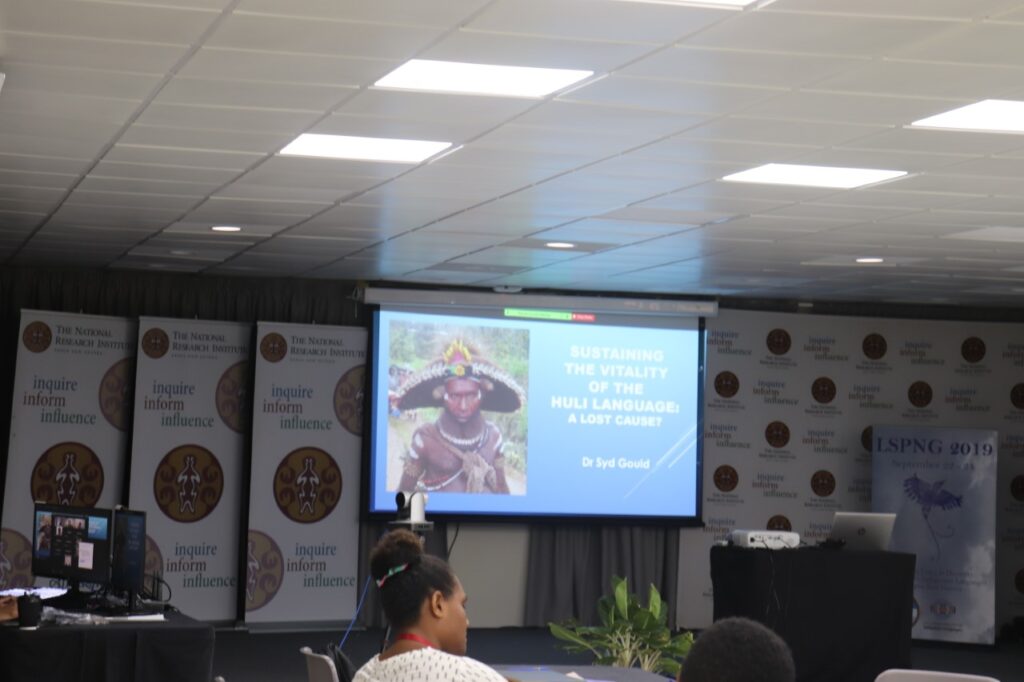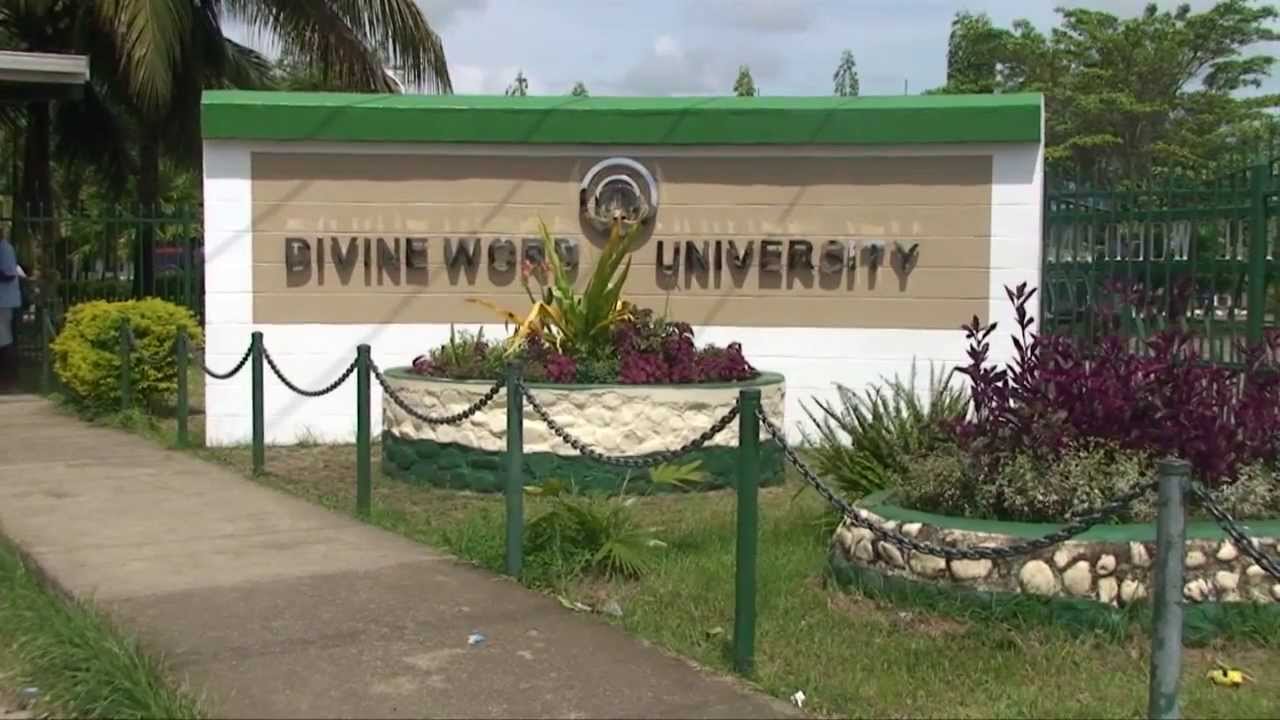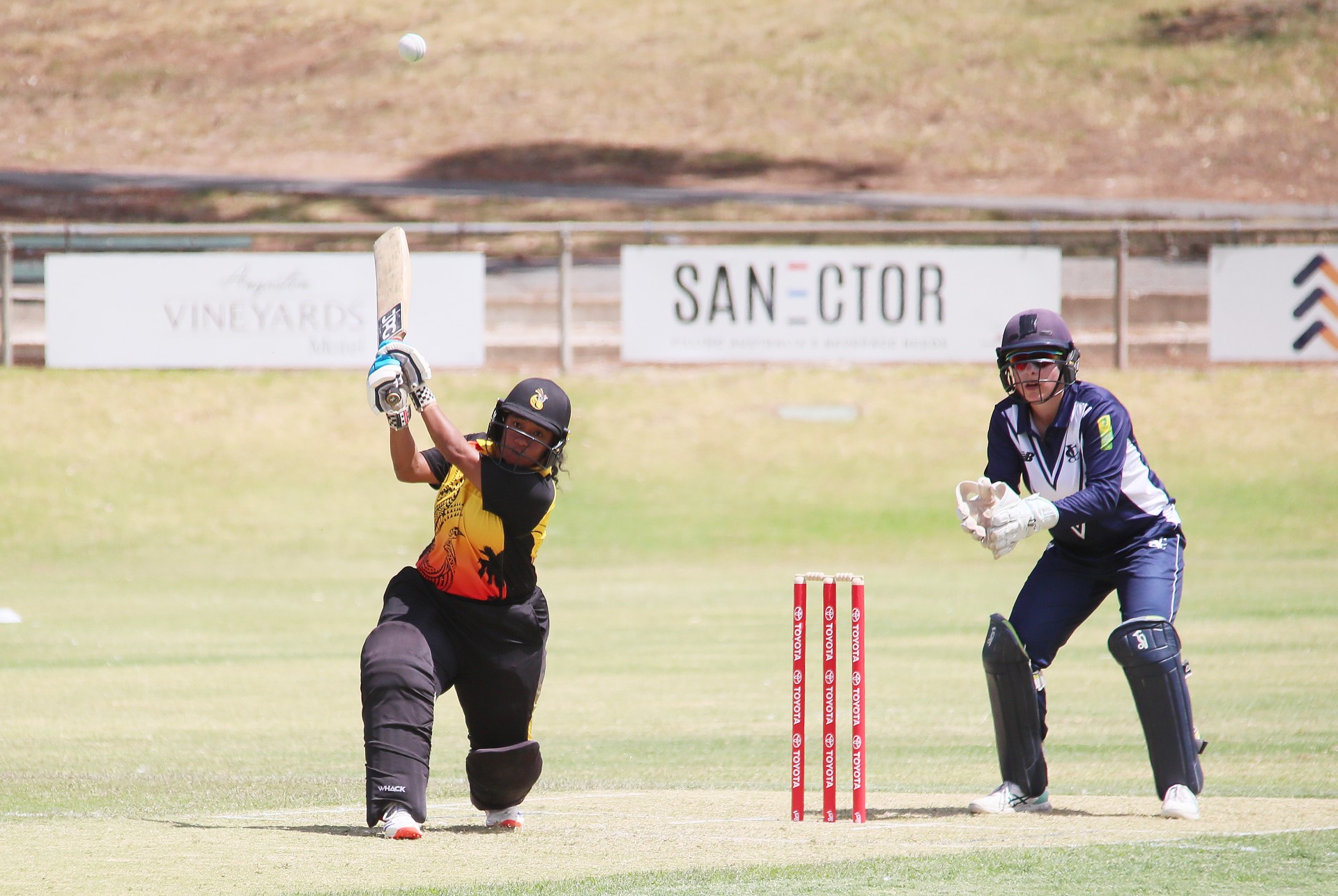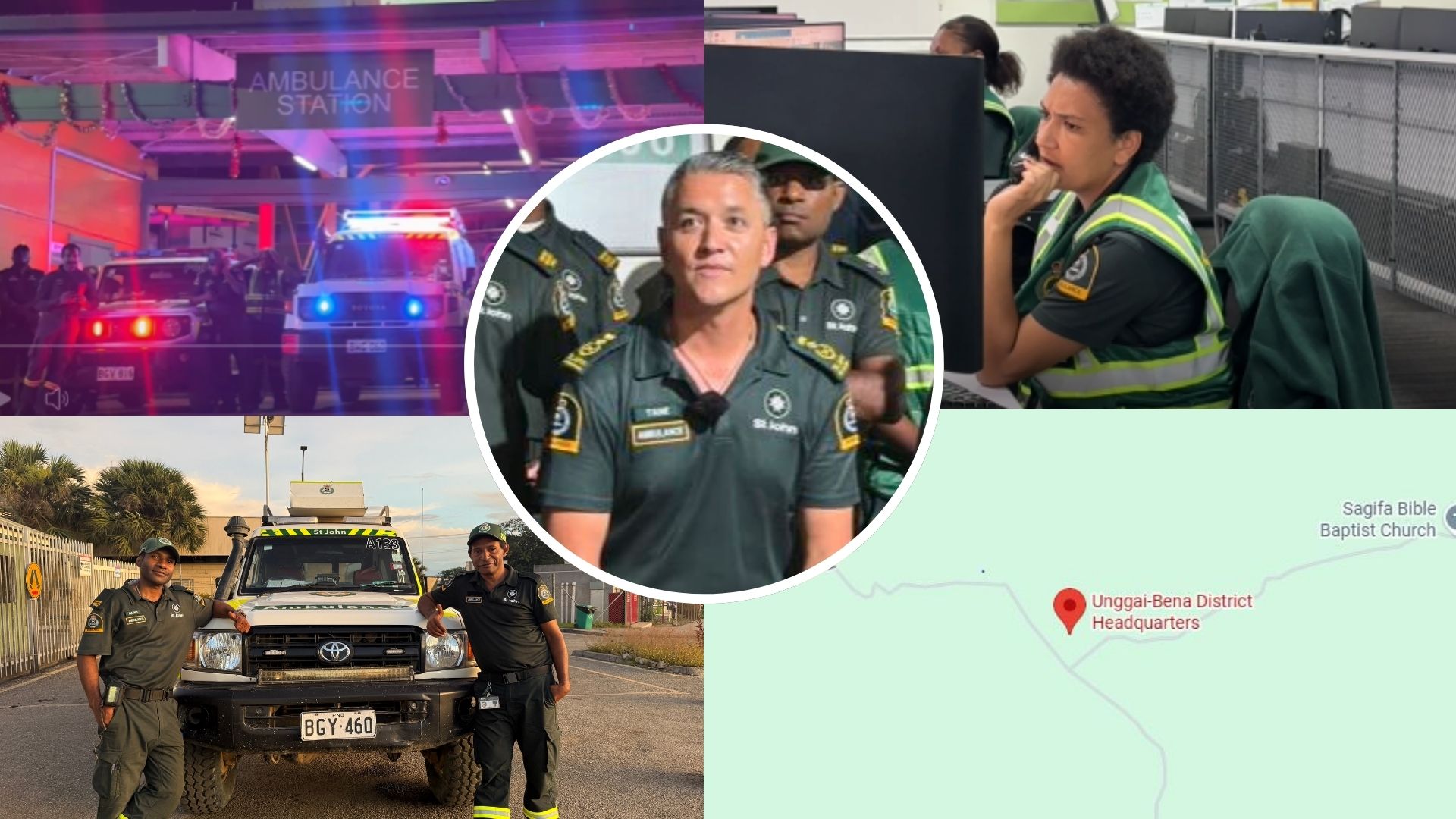 Zoom brought together researchers and policy makers from PNG and from around the world. It was a great opportunity for an exchange of ideas on how best to promote Tok Ples languages and cultures of Papua New Guinea, while at the same time meeting the demands of the 21st century.
How can the unique linguistic and cultural diversity of the South Pacific survive the levelling convergence of human cultures in our Global Village?
It is often said that linguistic diversity is an obstacle to social contact. This is not necessarily the case, since humans have always been able to learn their neighbours’ languages and to even create new languages out of existing tongues when the need arose.
The advantage of having English as the language of education in PNG is that it gives people access to all the
knowledge stored in books and in cyberspace, and ensures effective communication with the world.
How can the use of English go hand in hand with the preservation of indigenous, ancestral languages that reflect important local identities? This was the challenge facing LSPNG 2022.
During active deliberations between scholars and policy makers on language education and language-related issues, LSPNG 2022 identified some optimal strategies for achieving the long-term survival of indigenous languages, while at the same time ensuring that the goals of Vision 2050 become reality:
Zoom brought together researchers and policy makers from PNG and from around the world. It was a great opportunity for an exchange of ideas on how best to promote Tok Ples languages and cultures of Papua New Guinea, while at the same time meeting the demands of the 21st century.
How can the unique linguistic and cultural diversity of the South Pacific survive the levelling convergence of human cultures in our Global Village?
It is often said that linguistic diversity is an obstacle to social contact. This is not necessarily the case, since humans have always been able to learn their neighbours’ languages and to even create new languages out of existing tongues when the need arose.
The advantage of having English as the language of education in PNG is that it gives people access to all the
knowledge stored in books and in cyberspace, and ensures effective communication with the world.
How can the use of English go hand in hand with the preservation of indigenous, ancestral languages that reflect important local identities? This was the challenge facing LSPNG 2022.
During active deliberations between scholars and policy makers on language education and language-related issues, LSPNG 2022 identified some optimal strategies for achieving the long-term survival of indigenous languages, while at the same time ensuring that the goals of Vision 2050 become reality:
 1. Early Childhood Education (ECE)
It was noted, with satisfaction, that ECE has become the focus of government education policy.
Early childhood (3-6 years after birth) is the “maximum impact” period in human brain development, when children are most receptive to language acquisition – they learn languages easily, from mere exposure.
Therefore, to promote all the indigenous languages of Papua New Guinea, we suggest that ECE should not be “English-only” but bilingual (English, to prepare the child for learning in school and the child’s community Tok Ples). Bilingual ECE centres, if set up in every remote village community, would enable very young children to attend their village pre-school.
Village elders may be engaged in teaching them Tok Ples and cultural knowledge, ensuring that every child speaks the language of the surrounding community, while specially trained, tech-savvy local youths would use recorded English nursery rhymes, songs and games to teach them English during play.
Village ECE preschools should also work together with local health centres, to ensure that children do not suffer from micronutrient deficiencies which may disrupt their brain development (Iodine Deficiency Disorders are particularly dangerous, and they are prevalent in many remote communities of PNG).
Bilingual ECE is seen as the most effective way to help all PNG children to start learning to read and write in English when they get to Grade 1 (this is important as, in Papua New Guinea, English is the language of instruction in all formal education).
2. Bilingual Curriculum throughout Primary and Secondary School
It is important that all children maintain the knowledge of their Mother Tongue.
However, starting from Grade 1 in larger Primary Schools where students come from many outlying villages speaking different Tok Ples, it will not be possible to continue with the teaching of all of the different students’ community languages from Grade 1 to Grade 10.
Therefore, one of the two National Languages of Papua New Guinea should be part of the Primary and Secondary School curriculum (Tok Pisin or Hiri Motu).
3. Early Learning of Literacy
Research on the effects of Age of Onset of learning English (AO), Age at Literacy (AgeLit) and Early Learning Language (ELL) on the academic performance of National High School and UPNG students [1; 2; 3; 4; 5] has established a strong negative correlation between students’ AO, AgeLit, and ELL (other than English) and students’ academic grades: the younger they were when they learned English and literacy, the better they did in their further studies at school and university.
However, if for some reason children have not received bilingual ECE, they should learn to read in the way that is easiest for them – that is, in a language that they speak when they arrive at school (provided theirs is a written language).
4. Transfer of literacy skills from one language to another
Research has also shown that when children who do not speak English learn to read in their home language (whether a vernacular or Tok Pisin), then those literacy skills can be readily transferred to literacy in English (or any other language).
5. English Teacher Training
The AO Research has shown that children do better at all levels of formal education in Papu New Guinea, if they learn to speak English at a young age.
However, research has also shown that many elementary teachers do not have good English skills, which means that their students cannot learn well, either.
Therefore, the teaching of good English skills to teachers in training is paramount, so that they can help children learn English well.
6. Community Awareness
Community awareness campaigns, explaining the value and benefits of Bilingual ECE should be carried out, followed by monitoring, to make sure the new policies are working as well, as intended.
The public should also be informed about the need for the National Languages (Tok Pisin/Hiri Motu) to be part of the Primary, Middle, and Secondary school curricula, in order to foster the sense of national identity and promote the indigenous languages of Papua New Guinea.
7. Significance of Bilingual Early Childhood Education
Bilingual ECE, using both the children’s community language and English, will ensure that children are fluent in both languages when they enter Grade 1; this will enable them to learn, as English is the Language of Instruction (LOI) at all post-preschool levels of education (the remarkable success of China’s One Village One Preschool government-supported intervention may well be worthy of emulation in the remote mountainous areas of PNG).
Bilingual ECE will thus improve the quality of education at all levels, resulting in greater professionalism of National Human Resources. By extension, national universities will produce more graduates specialized in linguistics.
As native speakers of the indigenous languages of Papua New Guinea, they will have the power, and the specialized knowledge required to document and describe their Tok Ples languages – thus, ensuring their survival.
1. Early Childhood Education (ECE)
It was noted, with satisfaction, that ECE has become the focus of government education policy.
Early childhood (3-6 years after birth) is the “maximum impact” period in human brain development, when children are most receptive to language acquisition – they learn languages easily, from mere exposure.
Therefore, to promote all the indigenous languages of Papua New Guinea, we suggest that ECE should not be “English-only” but bilingual (English, to prepare the child for learning in school and the child’s community Tok Ples). Bilingual ECE centres, if set up in every remote village community, would enable very young children to attend their village pre-school.
Village elders may be engaged in teaching them Tok Ples and cultural knowledge, ensuring that every child speaks the language of the surrounding community, while specially trained, tech-savvy local youths would use recorded English nursery rhymes, songs and games to teach them English during play.
Village ECE preschools should also work together with local health centres, to ensure that children do not suffer from micronutrient deficiencies which may disrupt their brain development (Iodine Deficiency Disorders are particularly dangerous, and they are prevalent in many remote communities of PNG).
Bilingual ECE is seen as the most effective way to help all PNG children to start learning to read and write in English when they get to Grade 1 (this is important as, in Papua New Guinea, English is the language of instruction in all formal education).
2. Bilingual Curriculum throughout Primary and Secondary School
It is important that all children maintain the knowledge of their Mother Tongue.
However, starting from Grade 1 in larger Primary Schools where students come from many outlying villages speaking different Tok Ples, it will not be possible to continue with the teaching of all of the different students’ community languages from Grade 1 to Grade 10.
Therefore, one of the two National Languages of Papua New Guinea should be part of the Primary and Secondary School curriculum (Tok Pisin or Hiri Motu).
3. Early Learning of Literacy
Research on the effects of Age of Onset of learning English (AO), Age at Literacy (AgeLit) and Early Learning Language (ELL) on the academic performance of National High School and UPNG students [1; 2; 3; 4; 5] has established a strong negative correlation between students’ AO, AgeLit, and ELL (other than English) and students’ academic grades: the younger they were when they learned English and literacy, the better they did in their further studies at school and university.
However, if for some reason children have not received bilingual ECE, they should learn to read in the way that is easiest for them – that is, in a language that they speak when they arrive at school (provided theirs is a written language).
4. Transfer of literacy skills from one language to another
Research has also shown that when children who do not speak English learn to read in their home language (whether a vernacular or Tok Pisin), then those literacy skills can be readily transferred to literacy in English (or any other language).
5. English Teacher Training
The AO Research has shown that children do better at all levels of formal education in Papu New Guinea, if they learn to speak English at a young age.
However, research has also shown that many elementary teachers do not have good English skills, which means that their students cannot learn well, either.
Therefore, the teaching of good English skills to teachers in training is paramount, so that they can help children learn English well.
6. Community Awareness
Community awareness campaigns, explaining the value and benefits of Bilingual ECE should be carried out, followed by monitoring, to make sure the new policies are working as well, as intended.
The public should also be informed about the need for the National Languages (Tok Pisin/Hiri Motu) to be part of the Primary, Middle, and Secondary school curricula, in order to foster the sense of national identity and promote the indigenous languages of Papua New Guinea.
7. Significance of Bilingual Early Childhood Education
Bilingual ECE, using both the children’s community language and English, will ensure that children are fluent in both languages when they enter Grade 1; this will enable them to learn, as English is the Language of Instruction (LOI) at all post-preschool levels of education (the remarkable success of China’s One Village One Preschool government-supported intervention may well be worthy of emulation in the remote mountainous areas of PNG).
Bilingual ECE will thus improve the quality of education at all levels, resulting in greater professionalism of National Human Resources. By extension, national universities will produce more graduates specialized in linguistics.
As native speakers of the indigenous languages of Papua New Guinea, they will have the power, and the specialized knowledge required to document and describe their Tok Ples languages – thus, ensuring their survival. 




